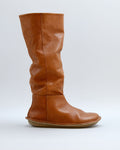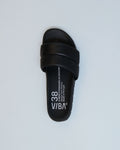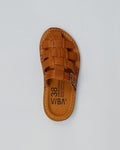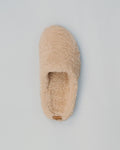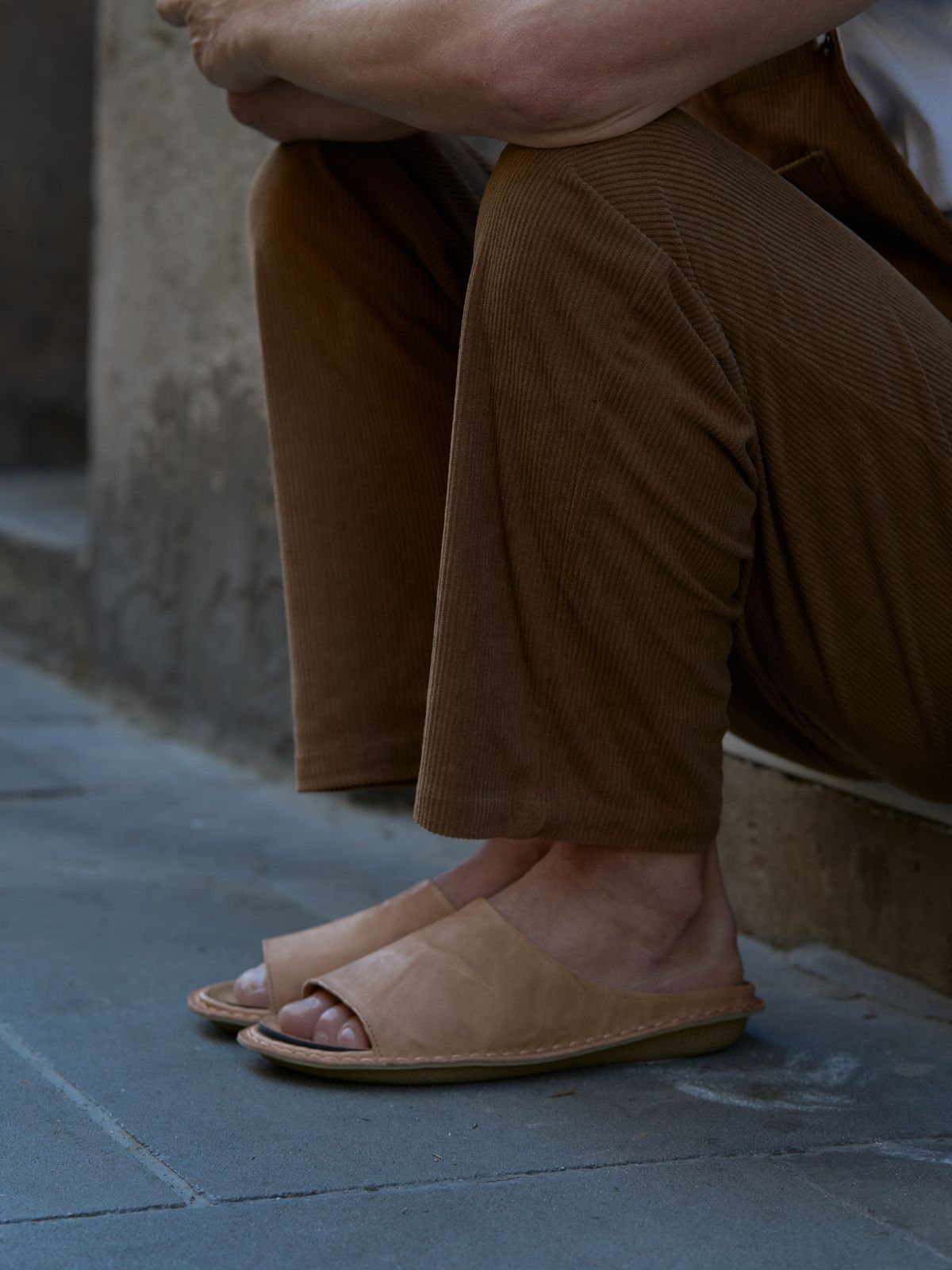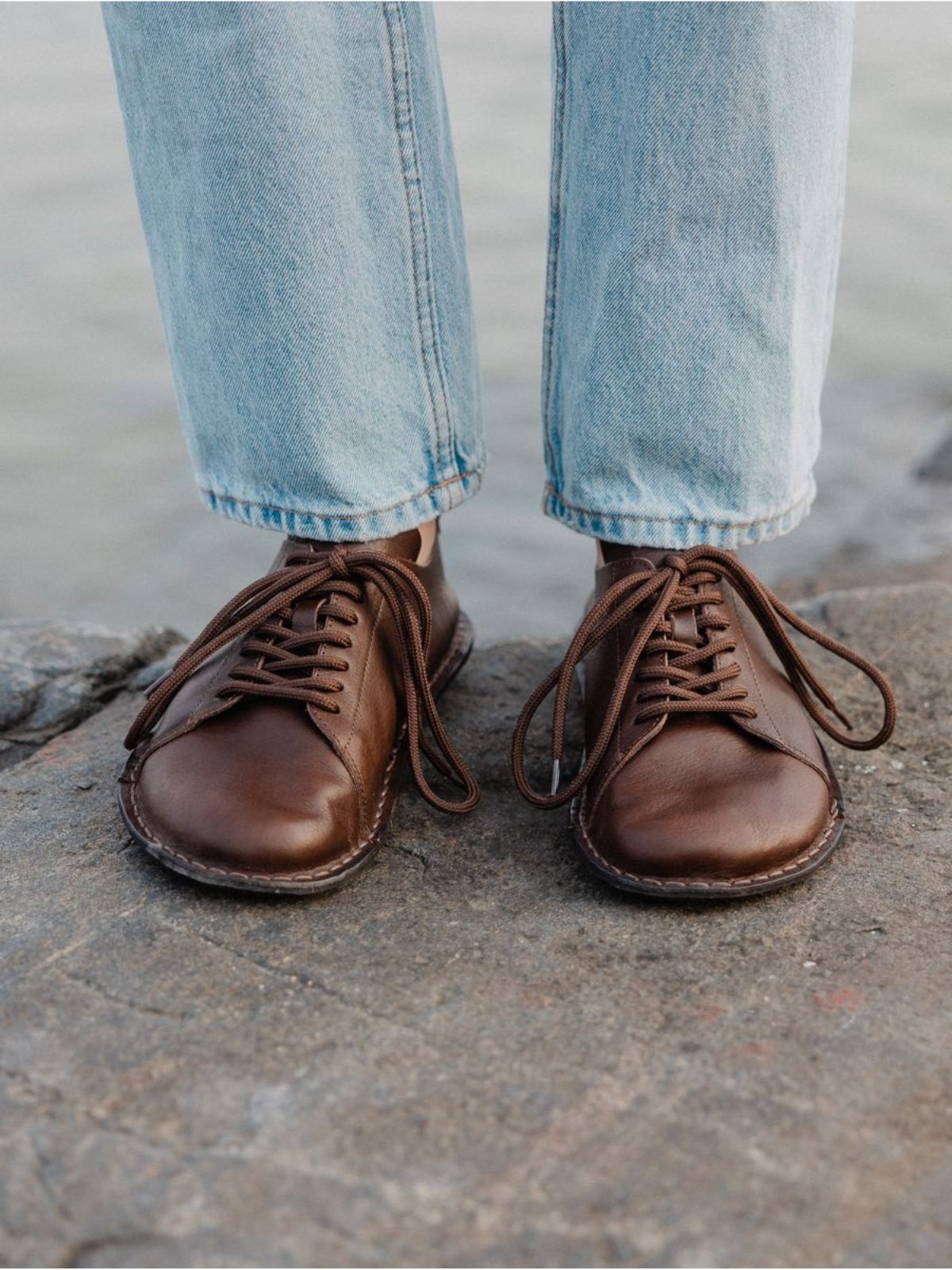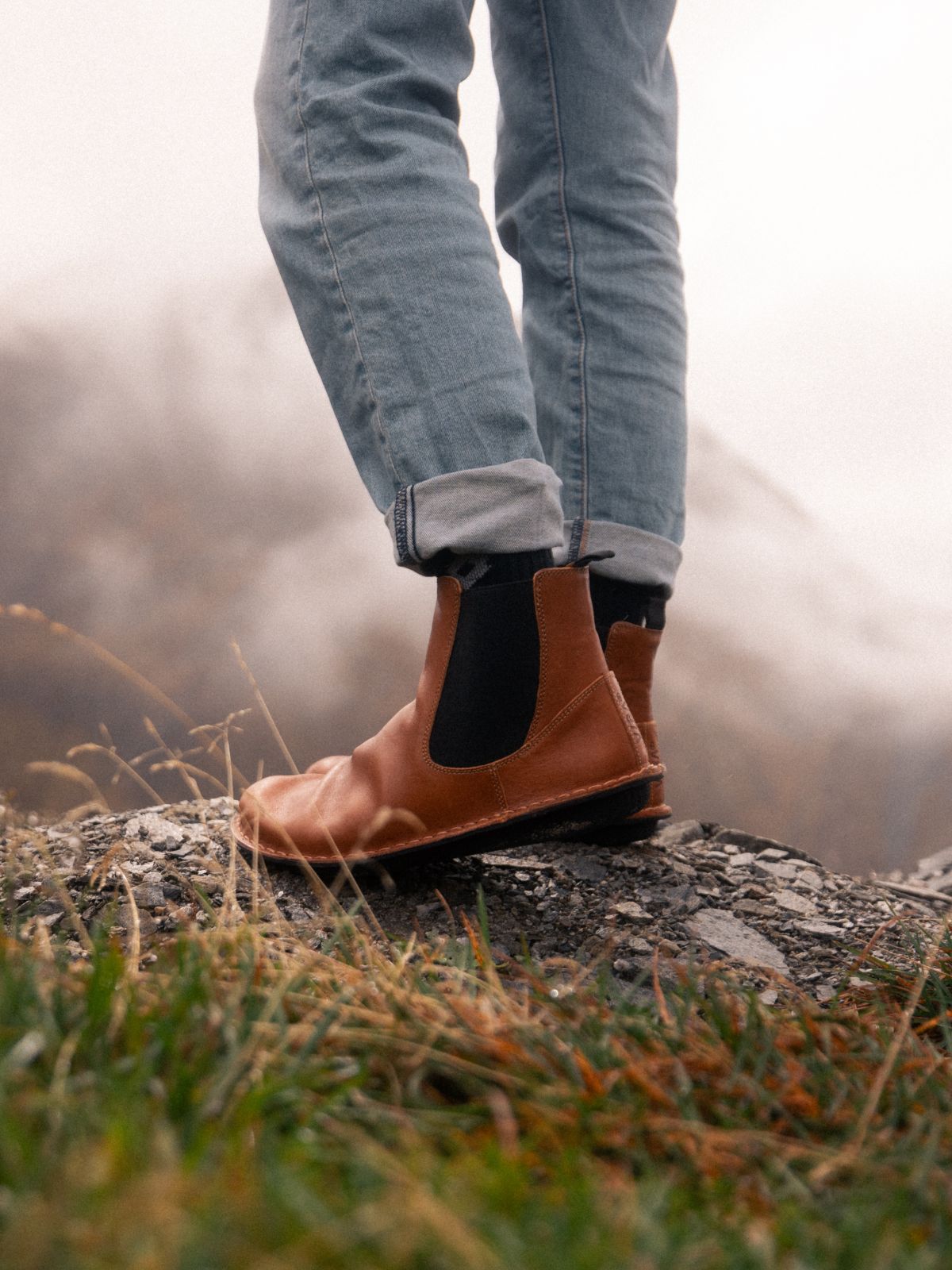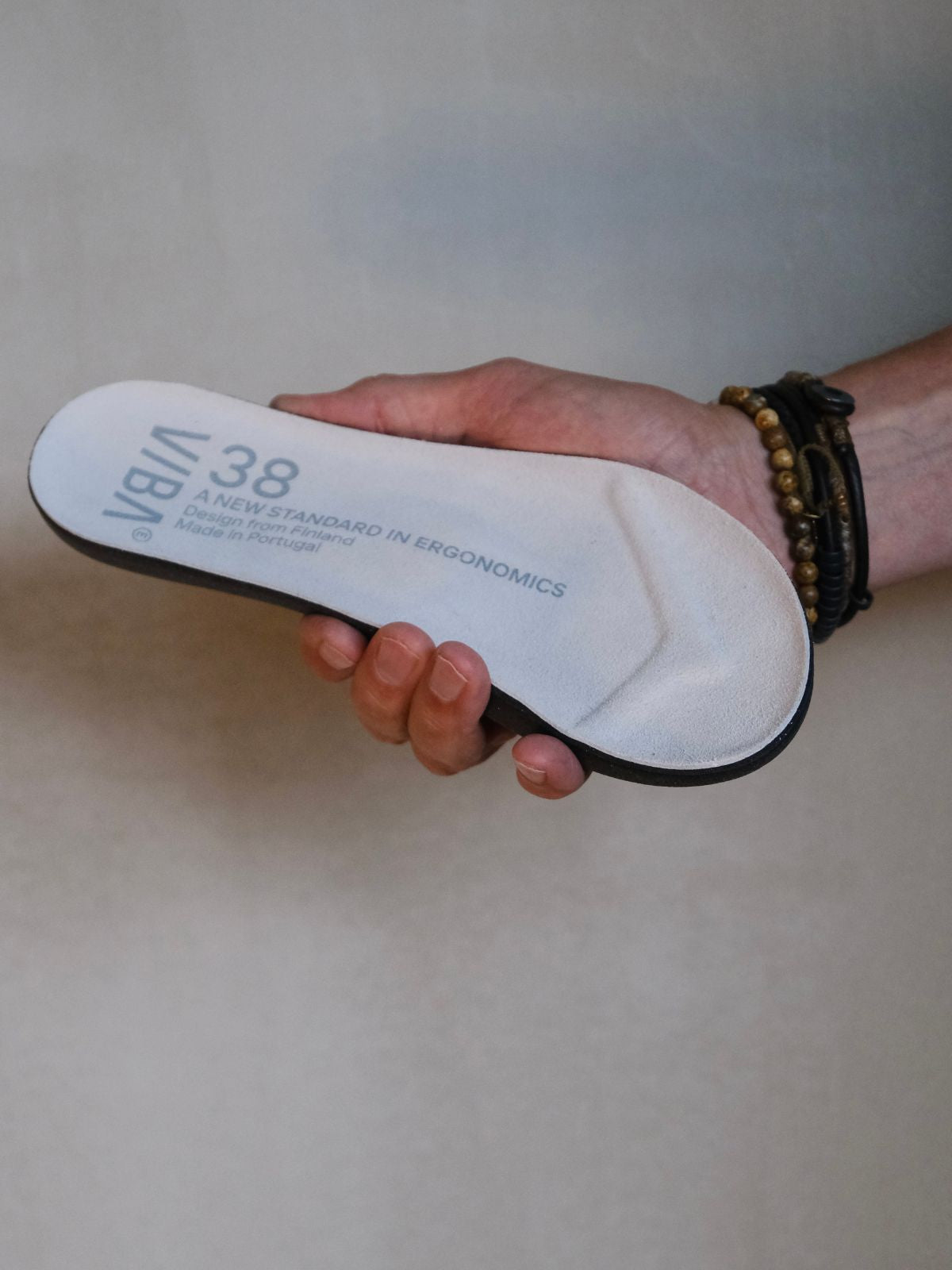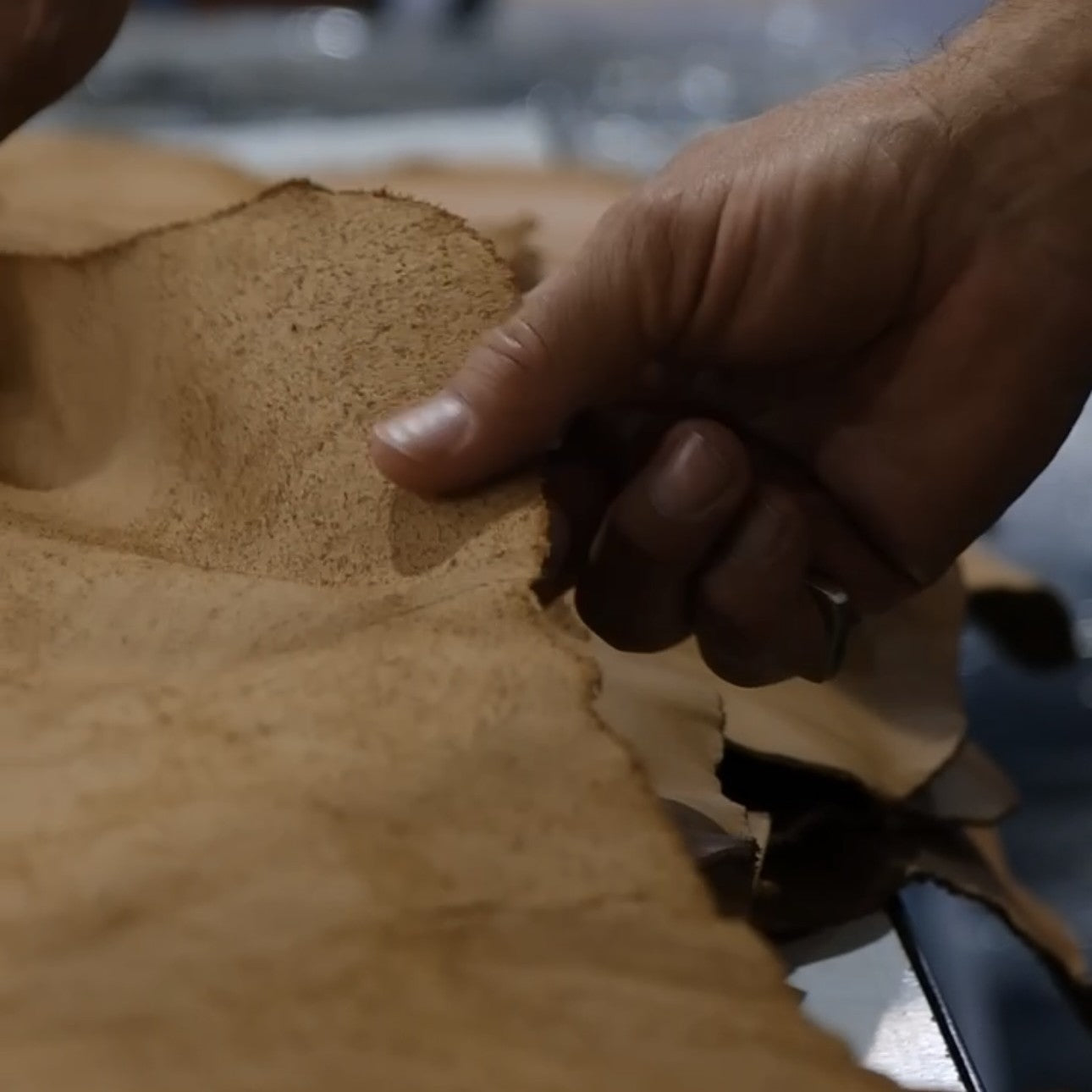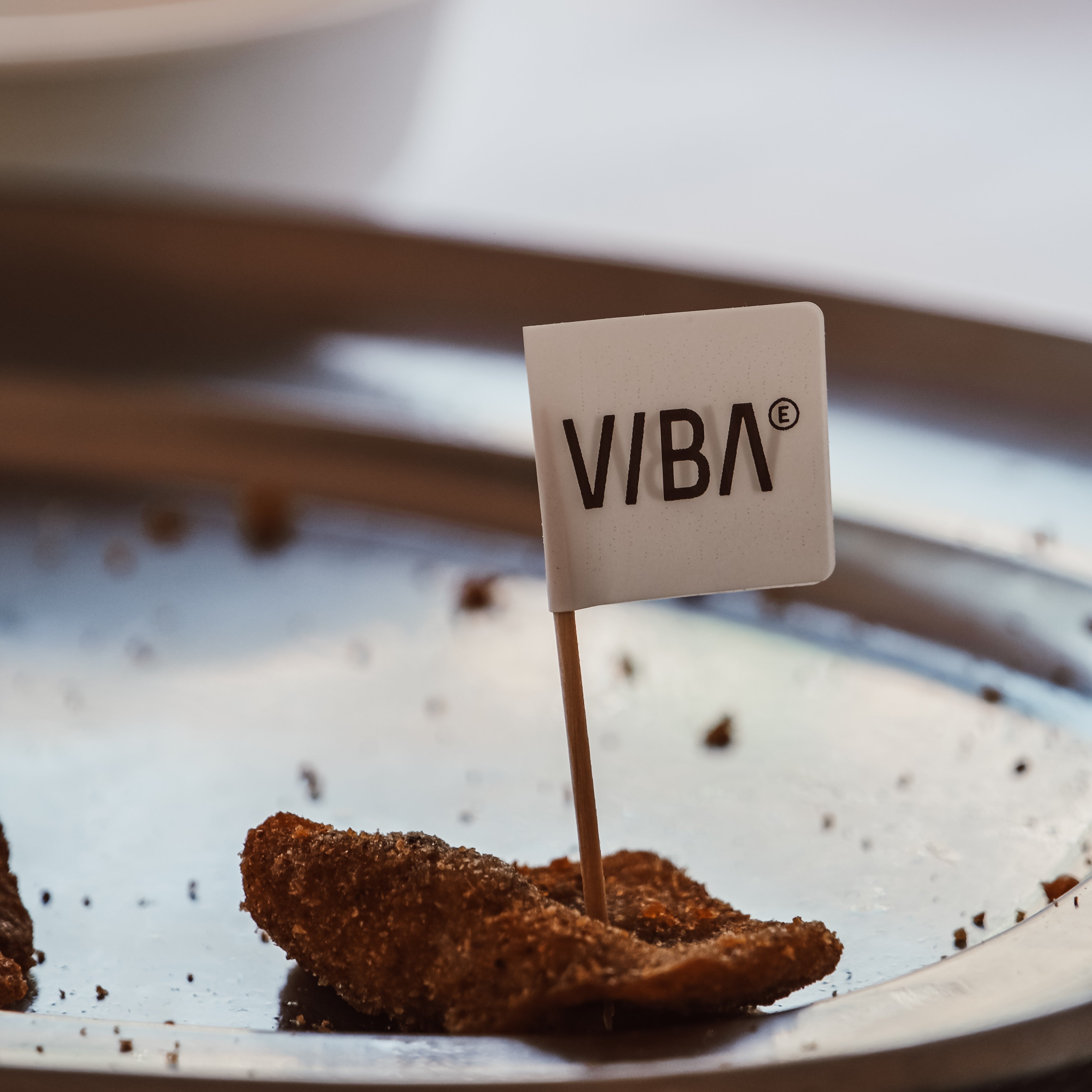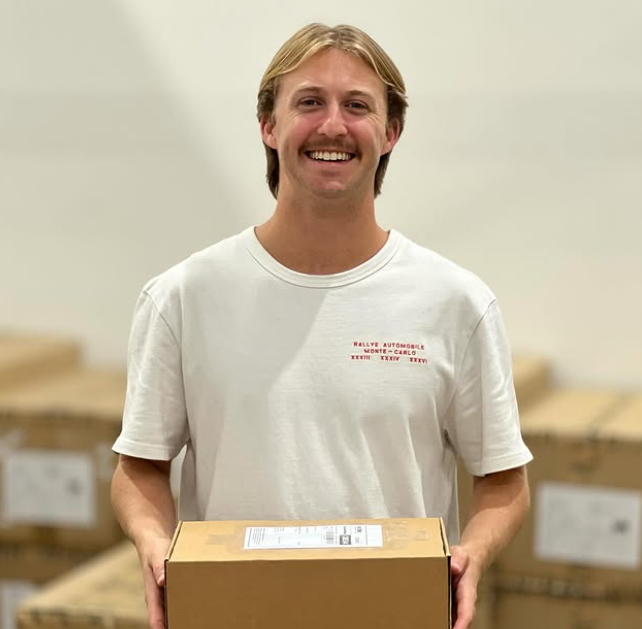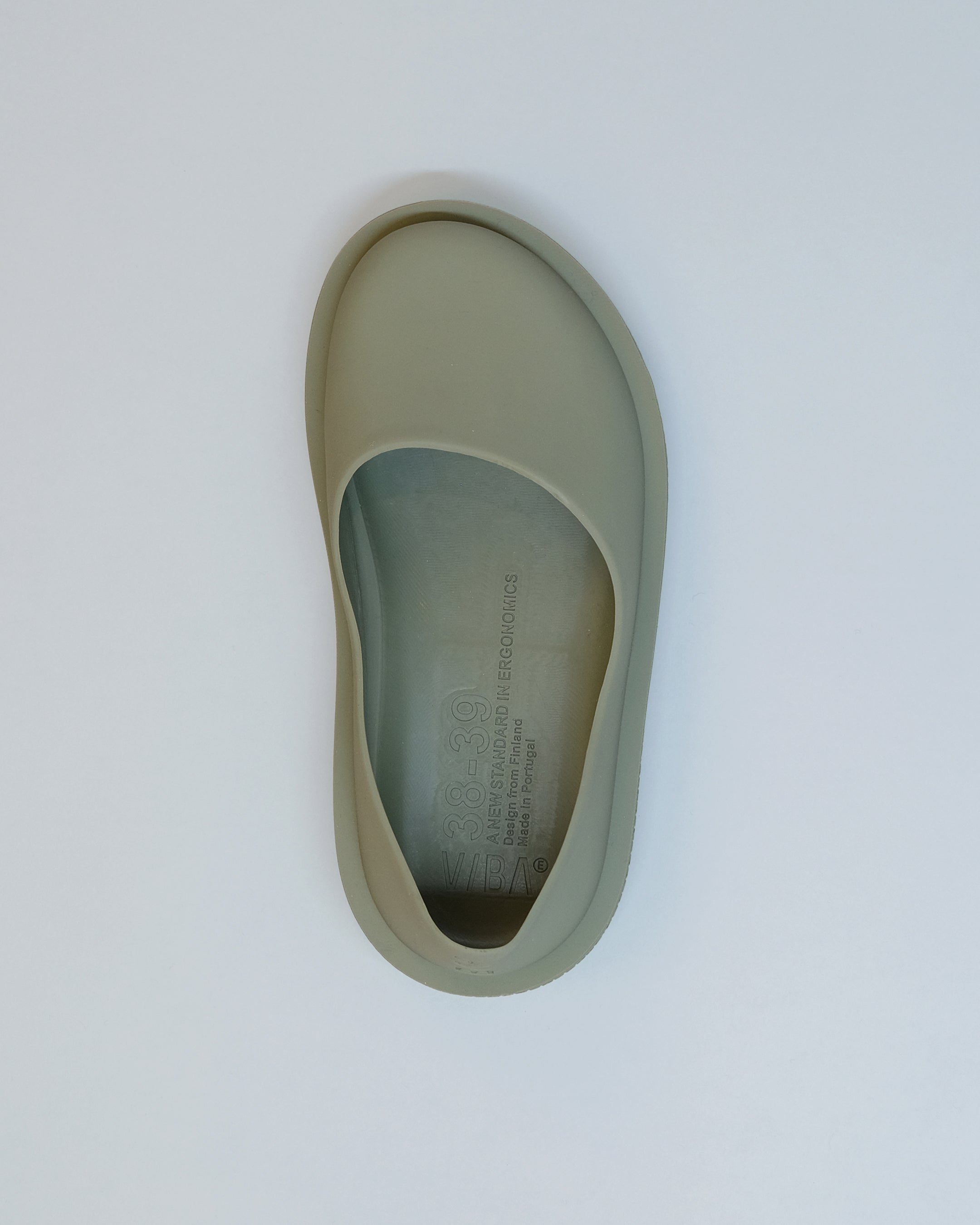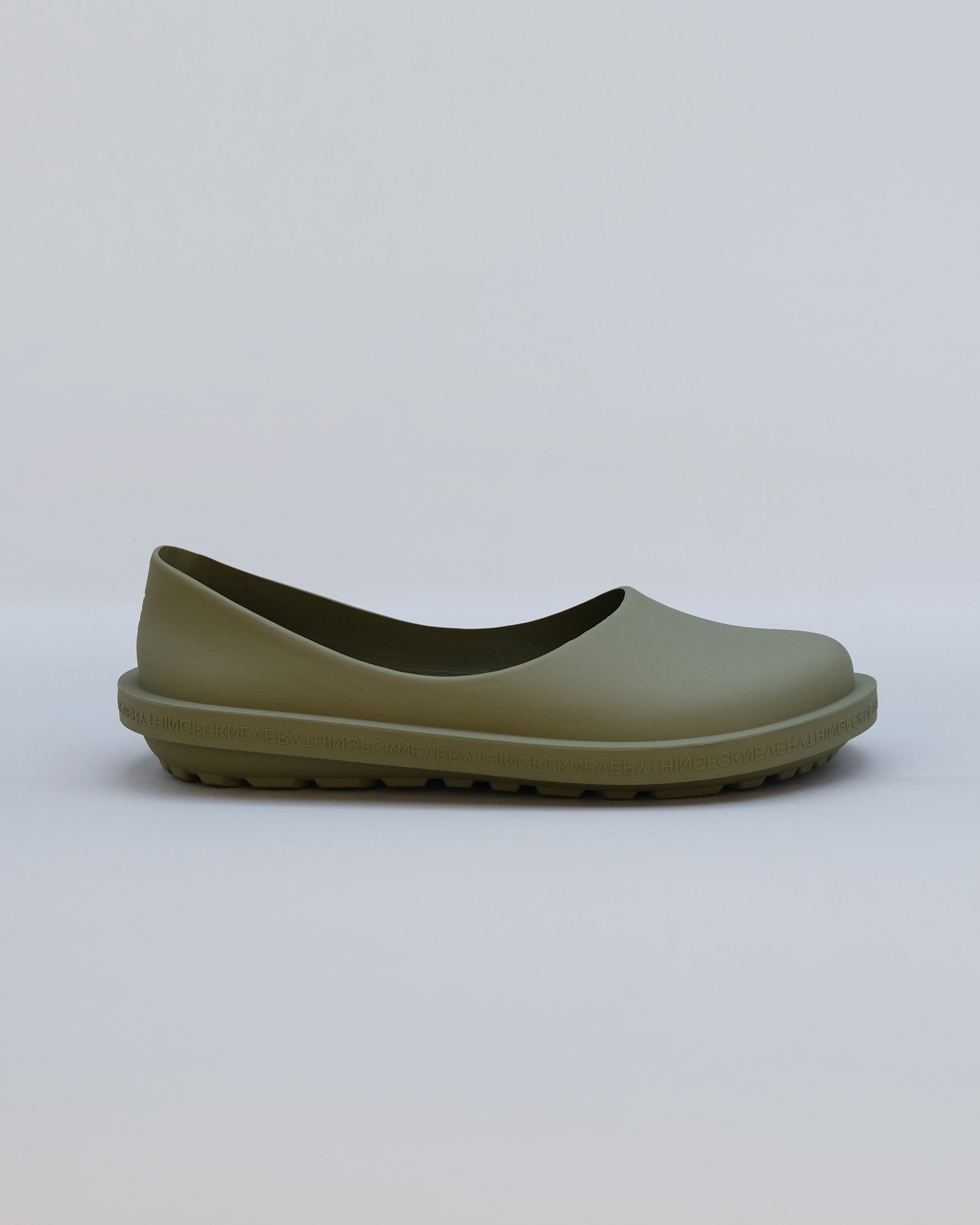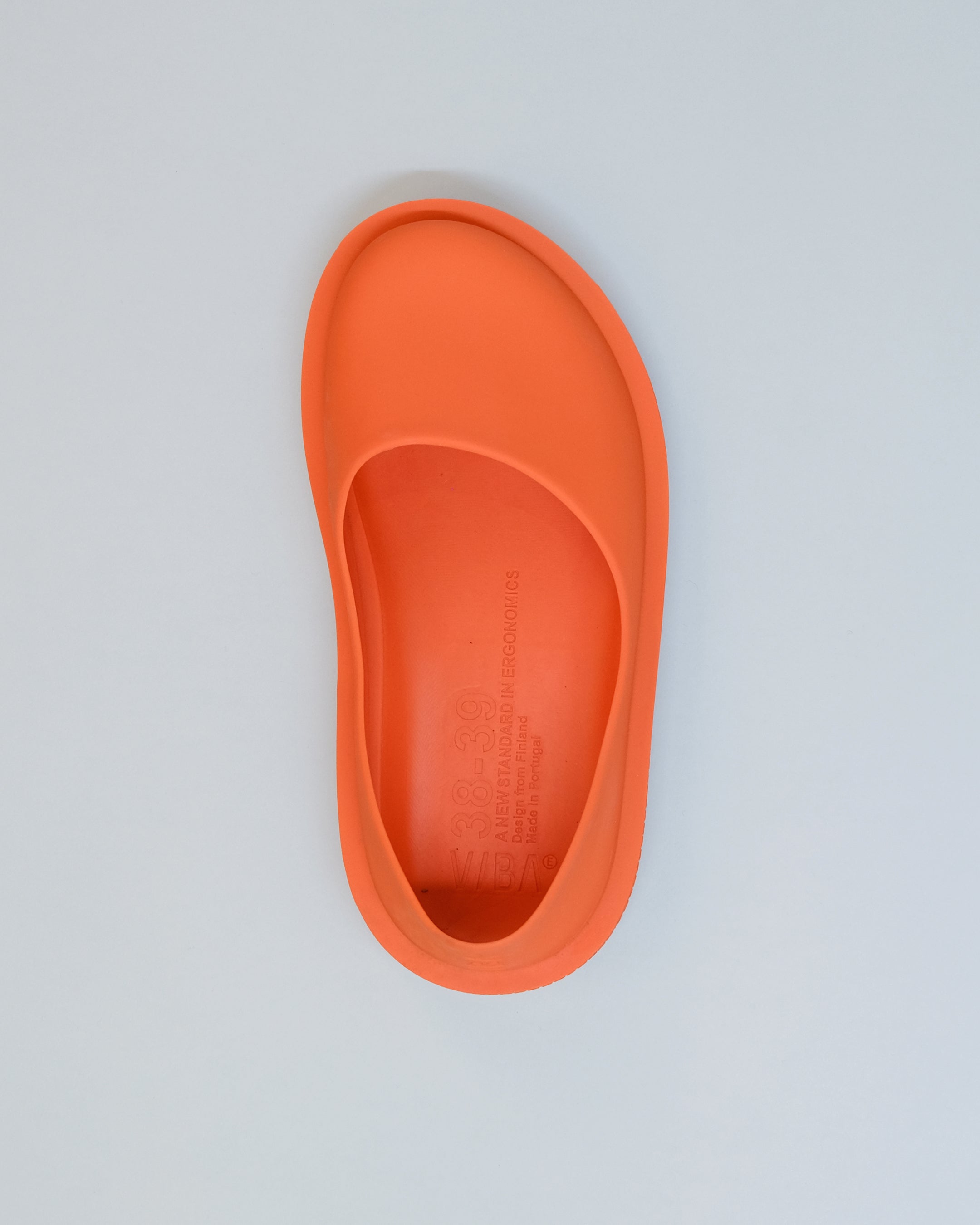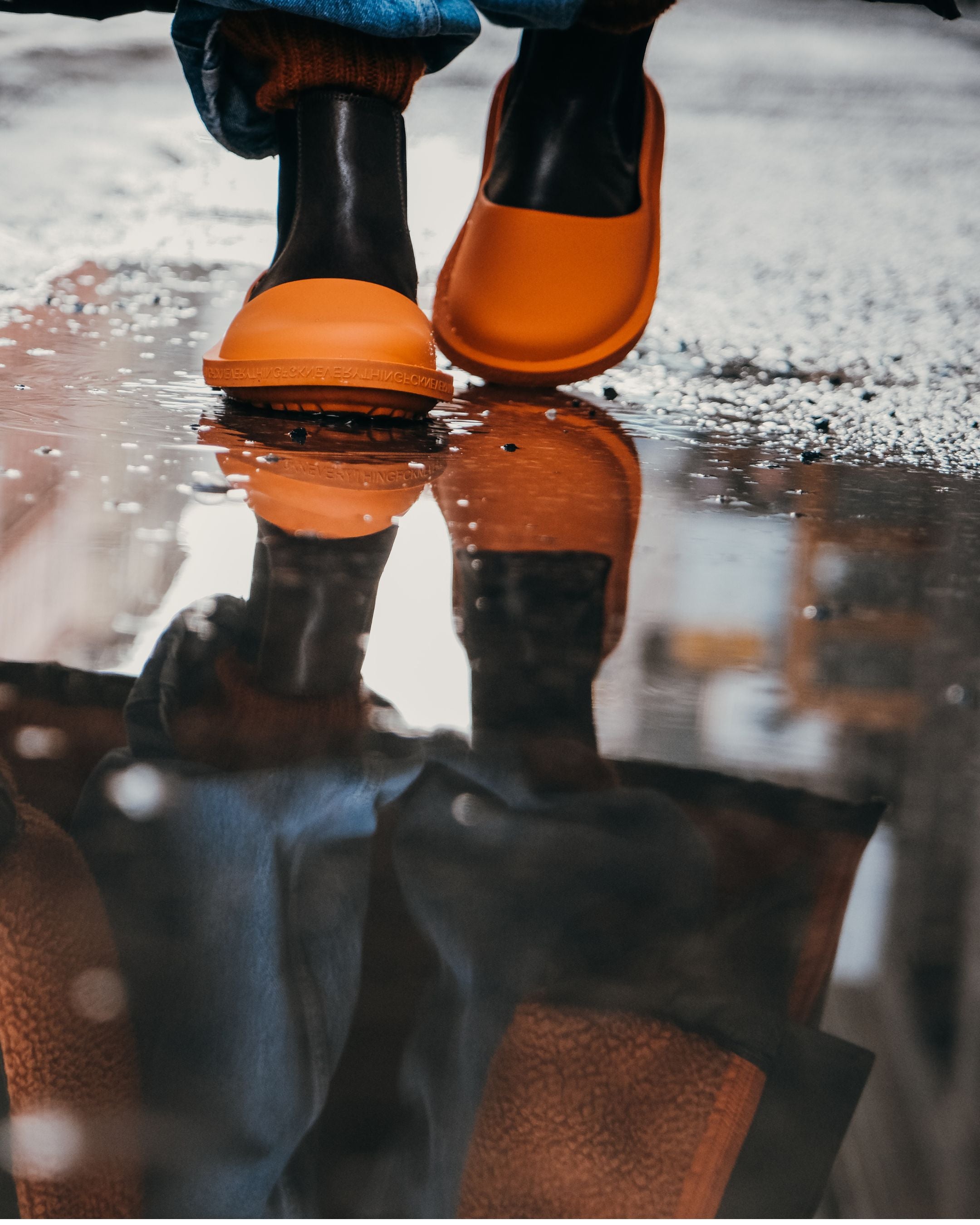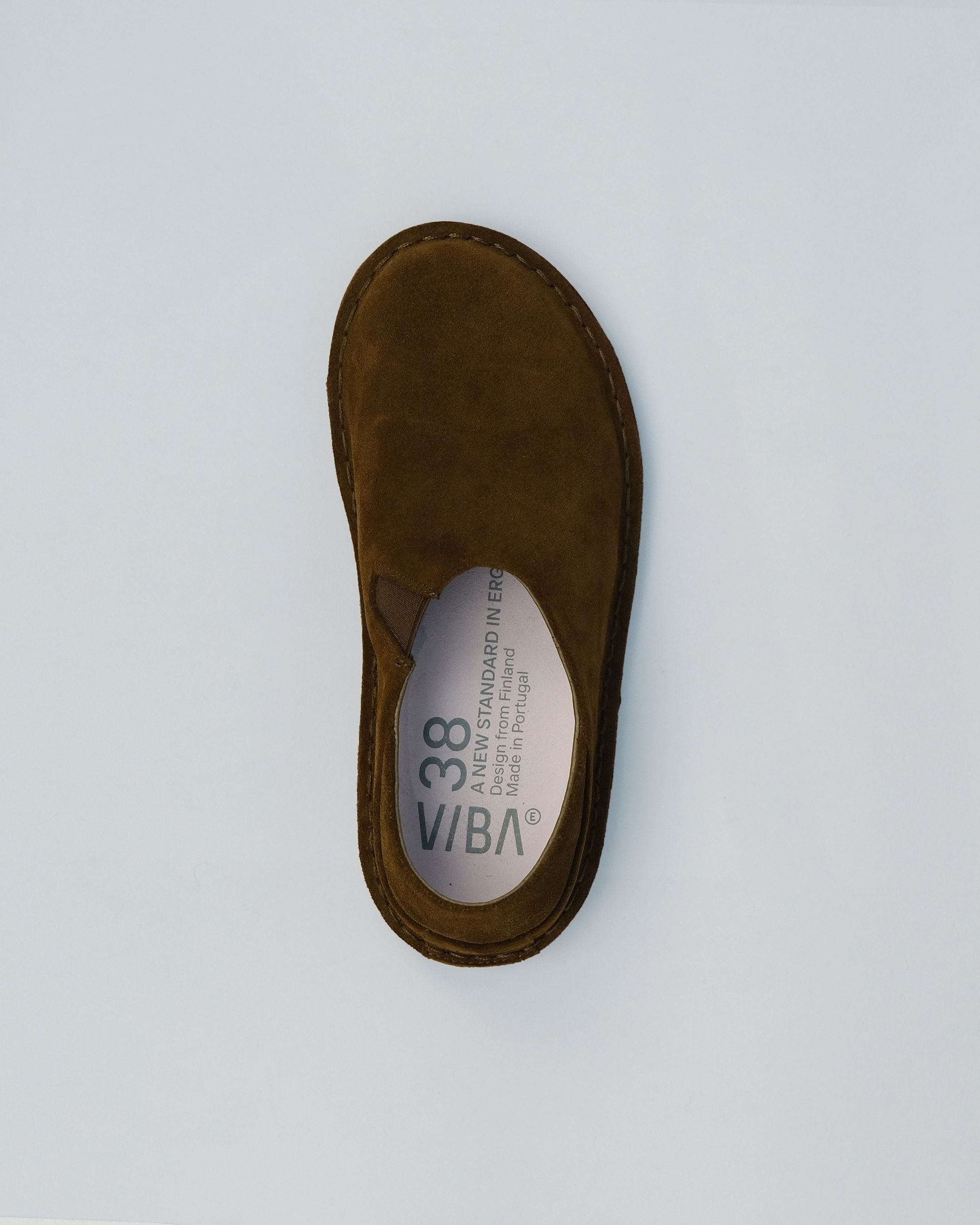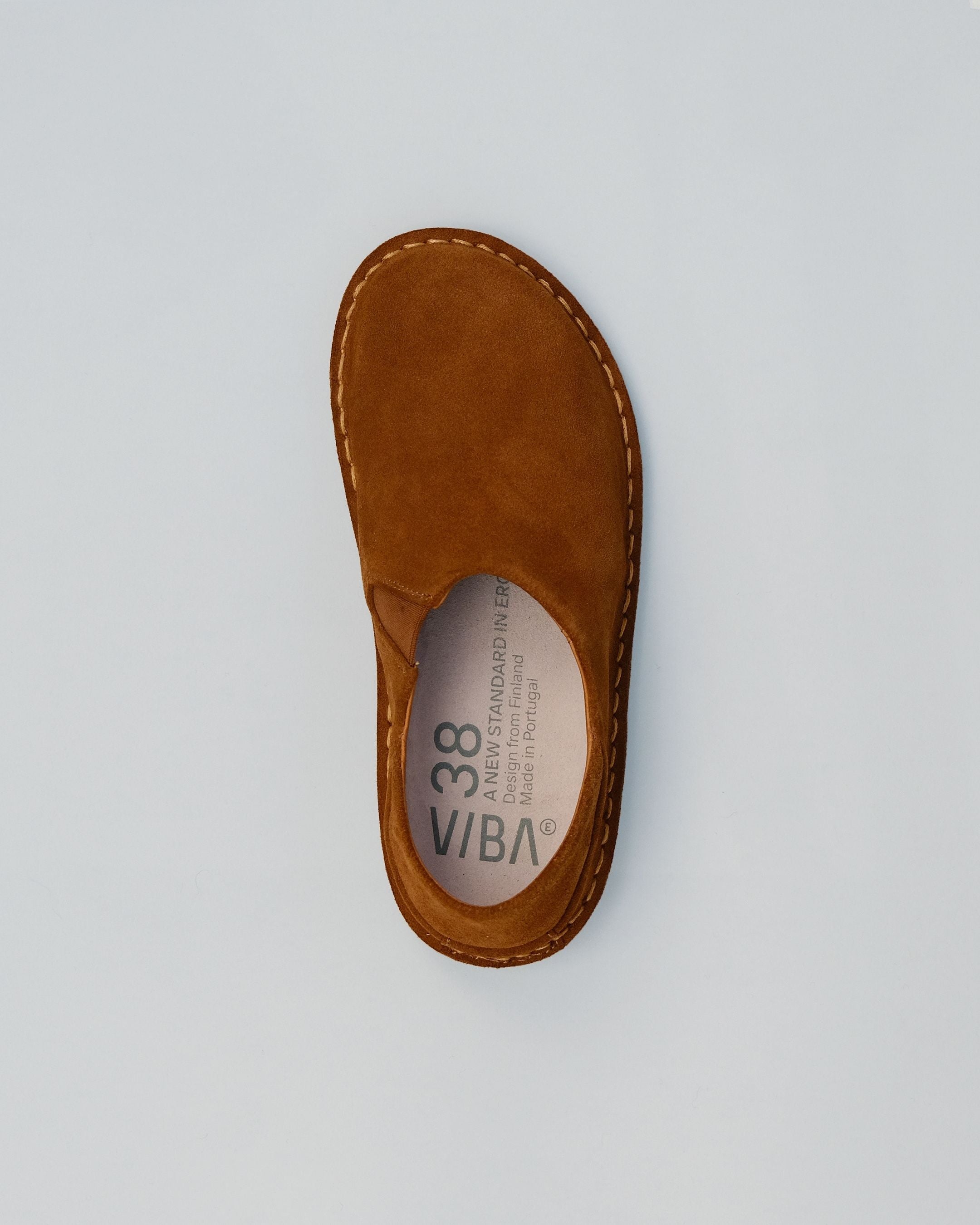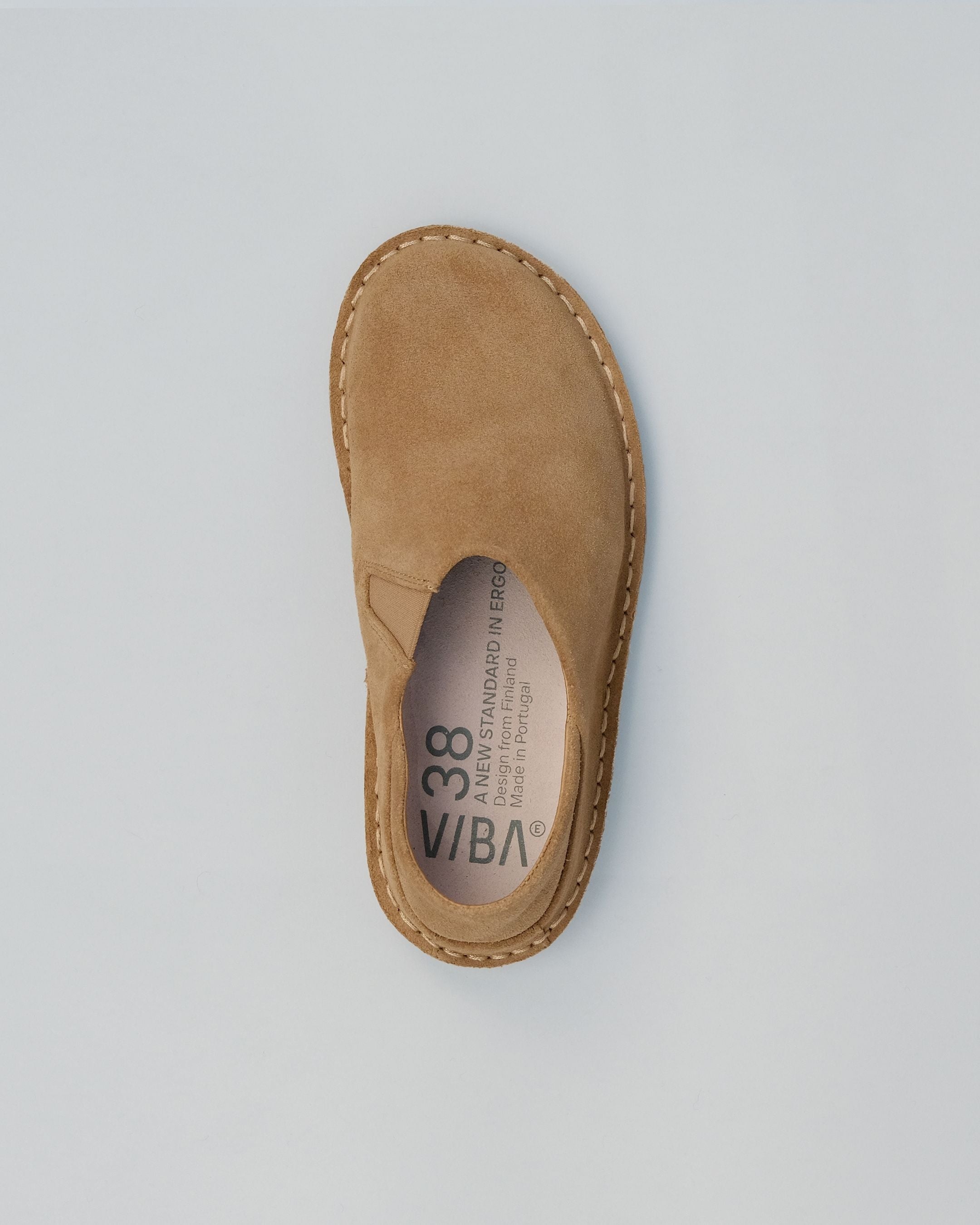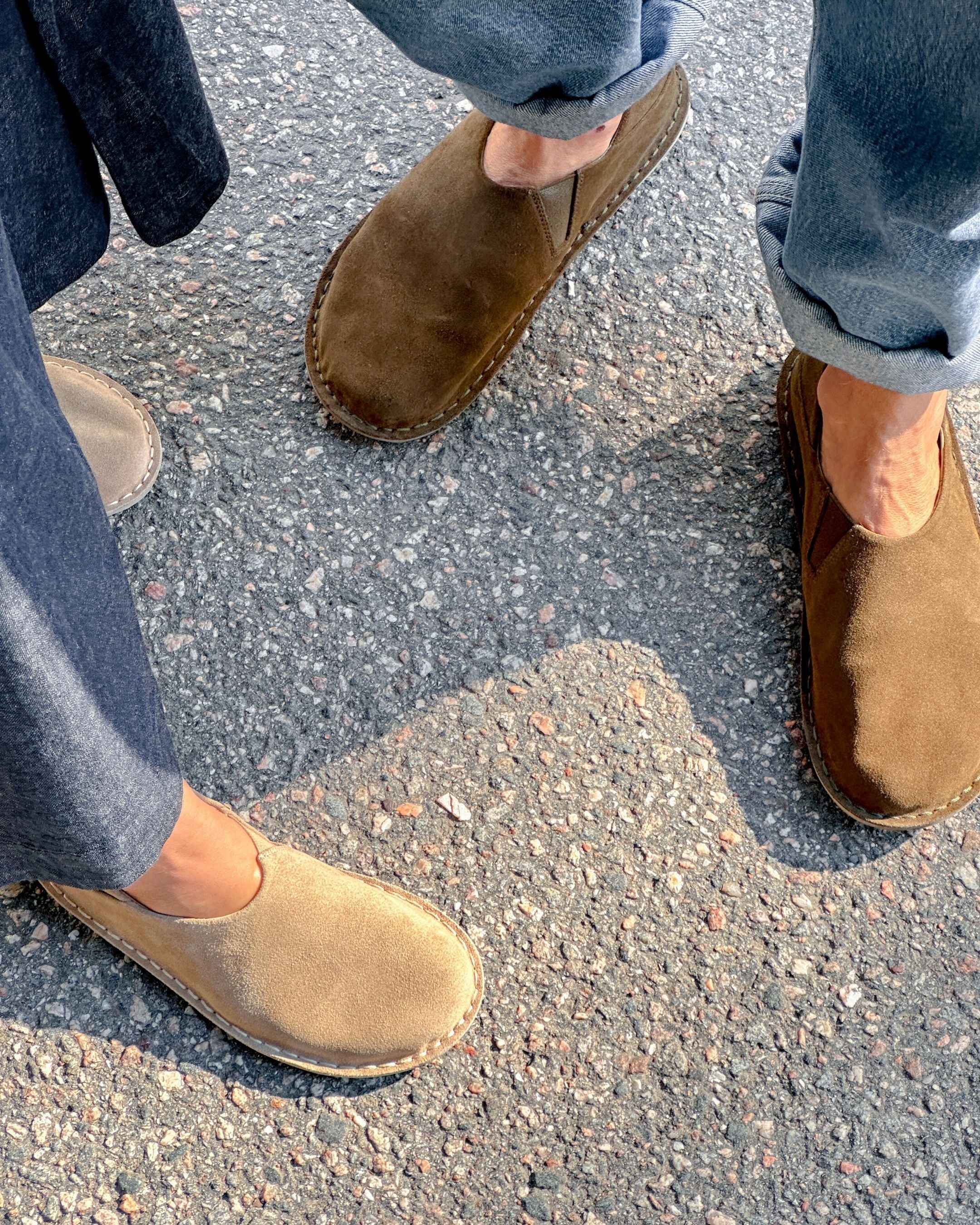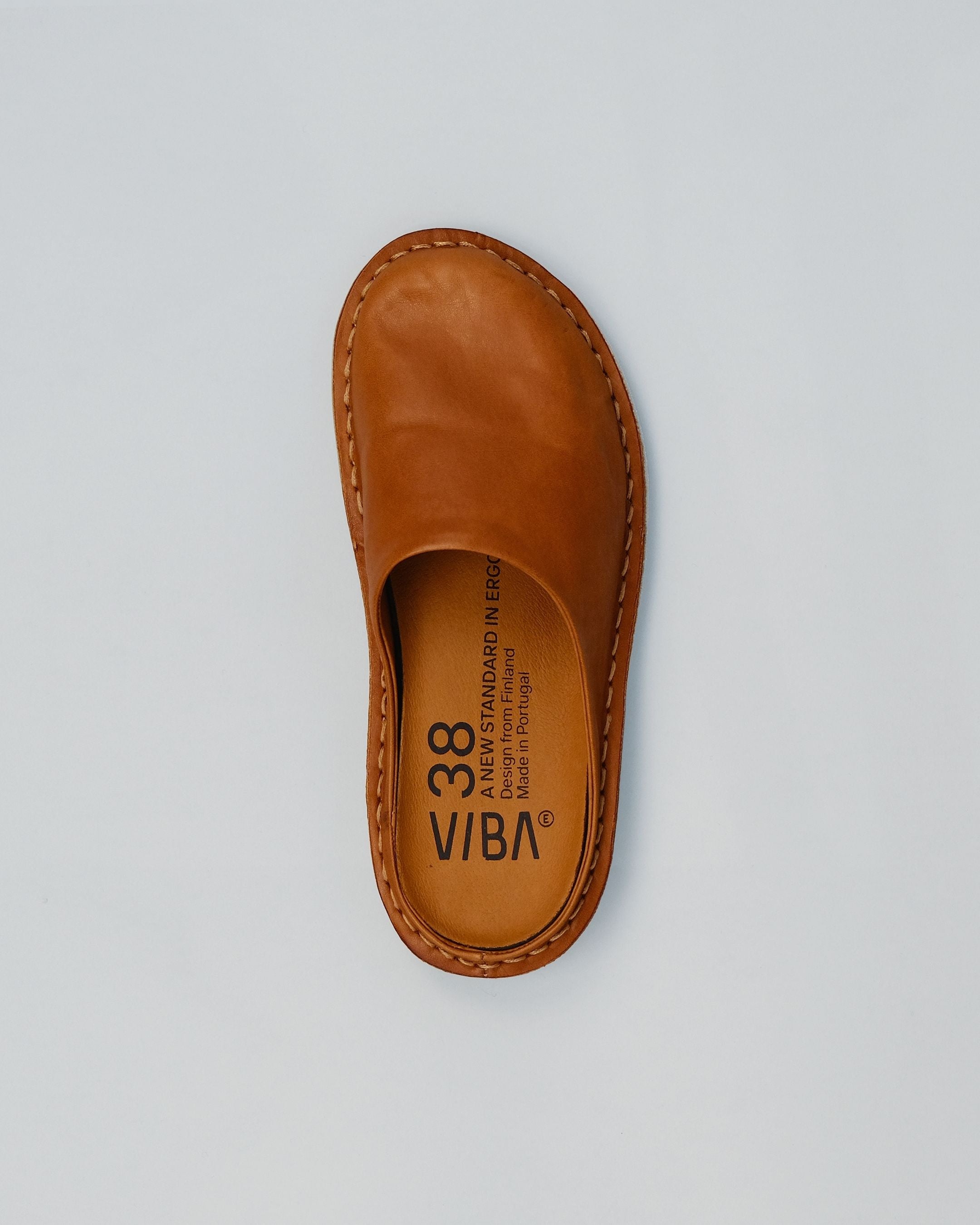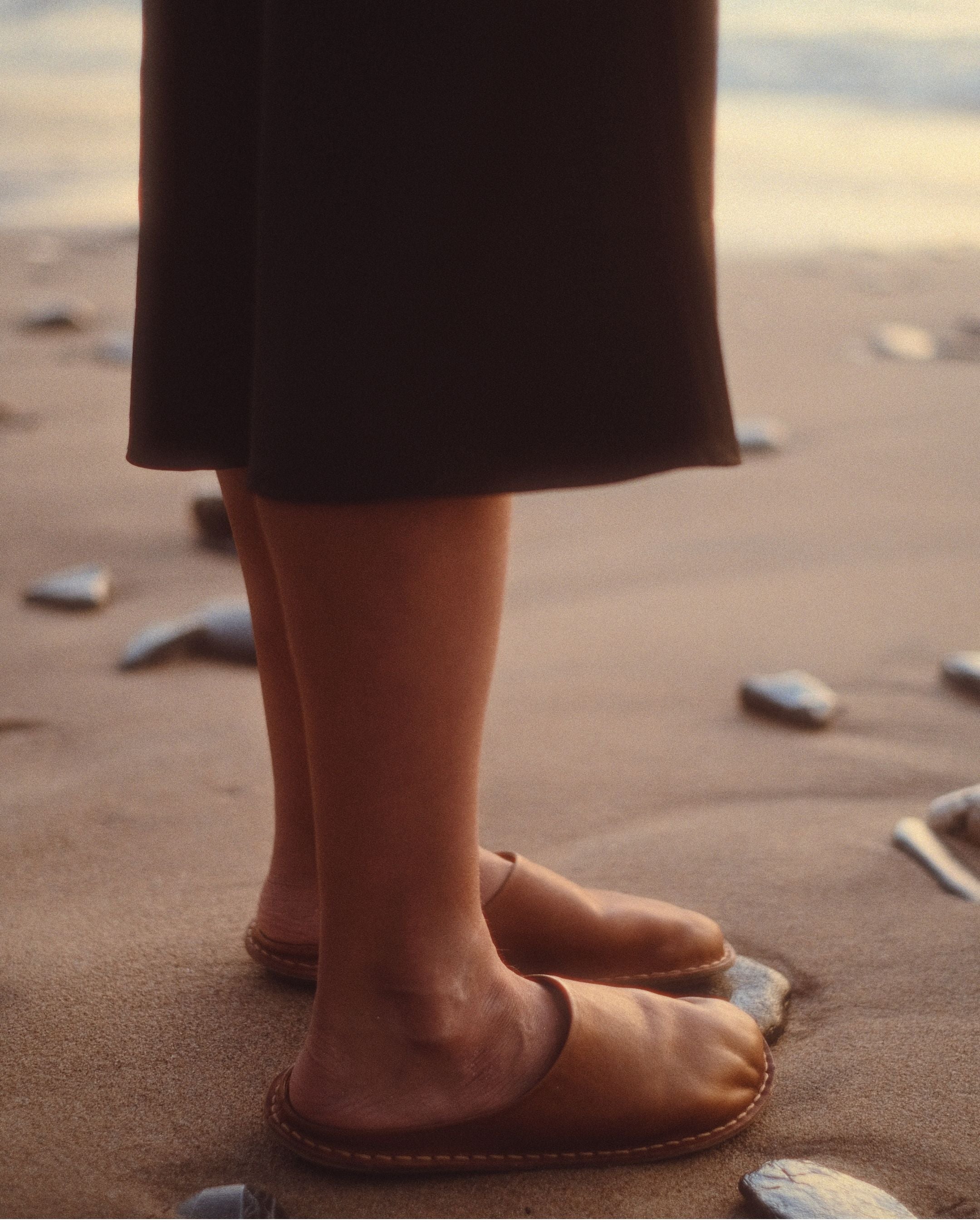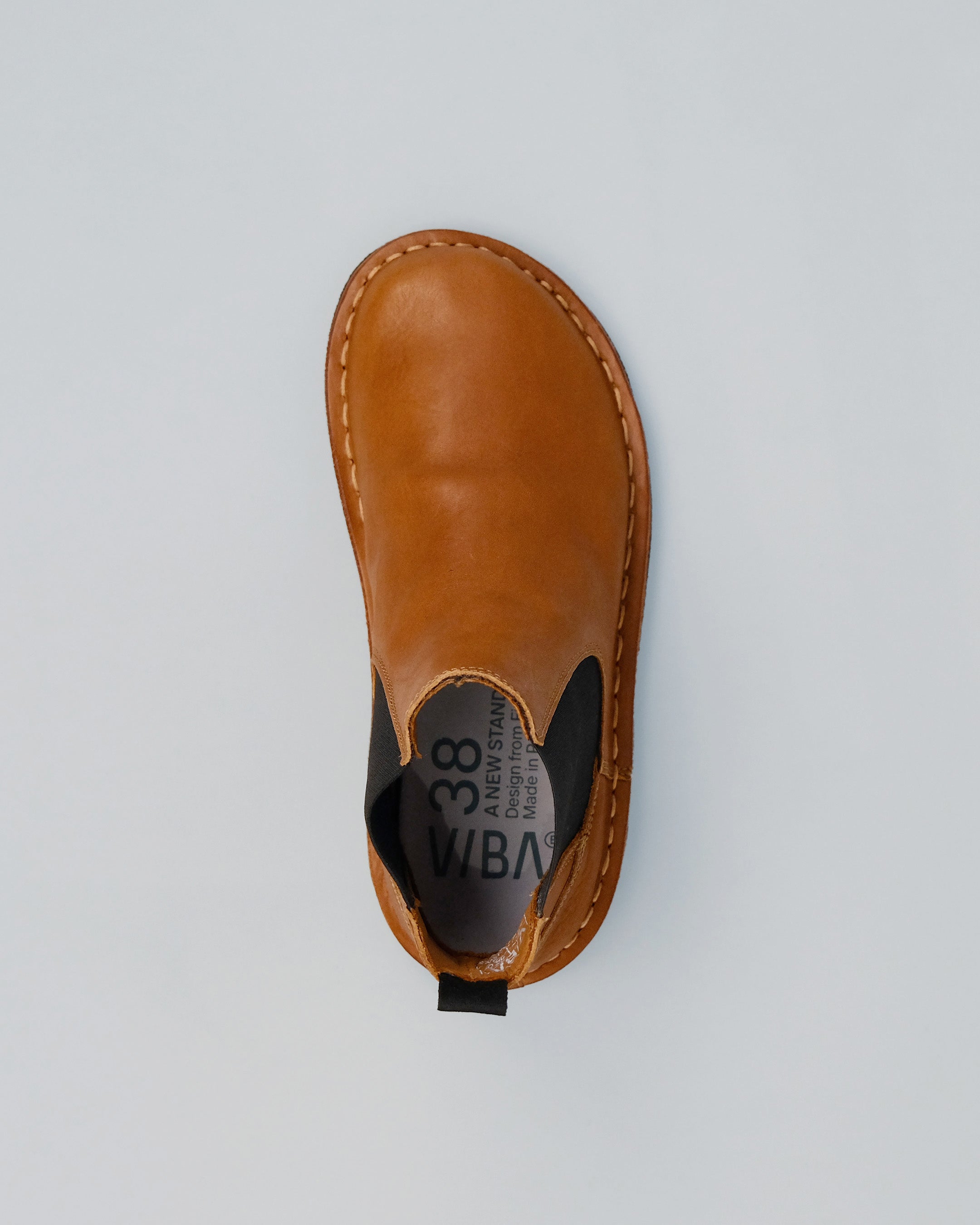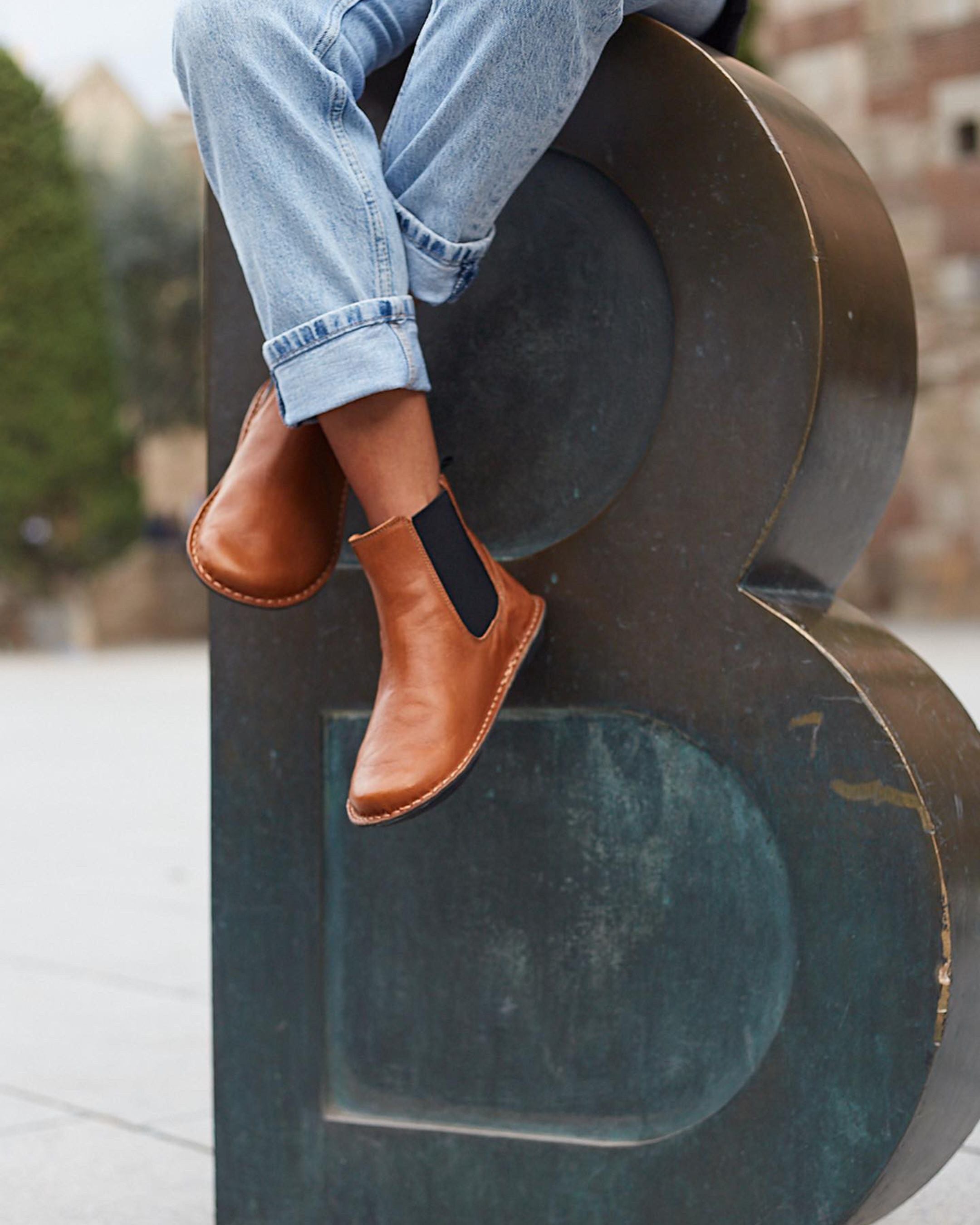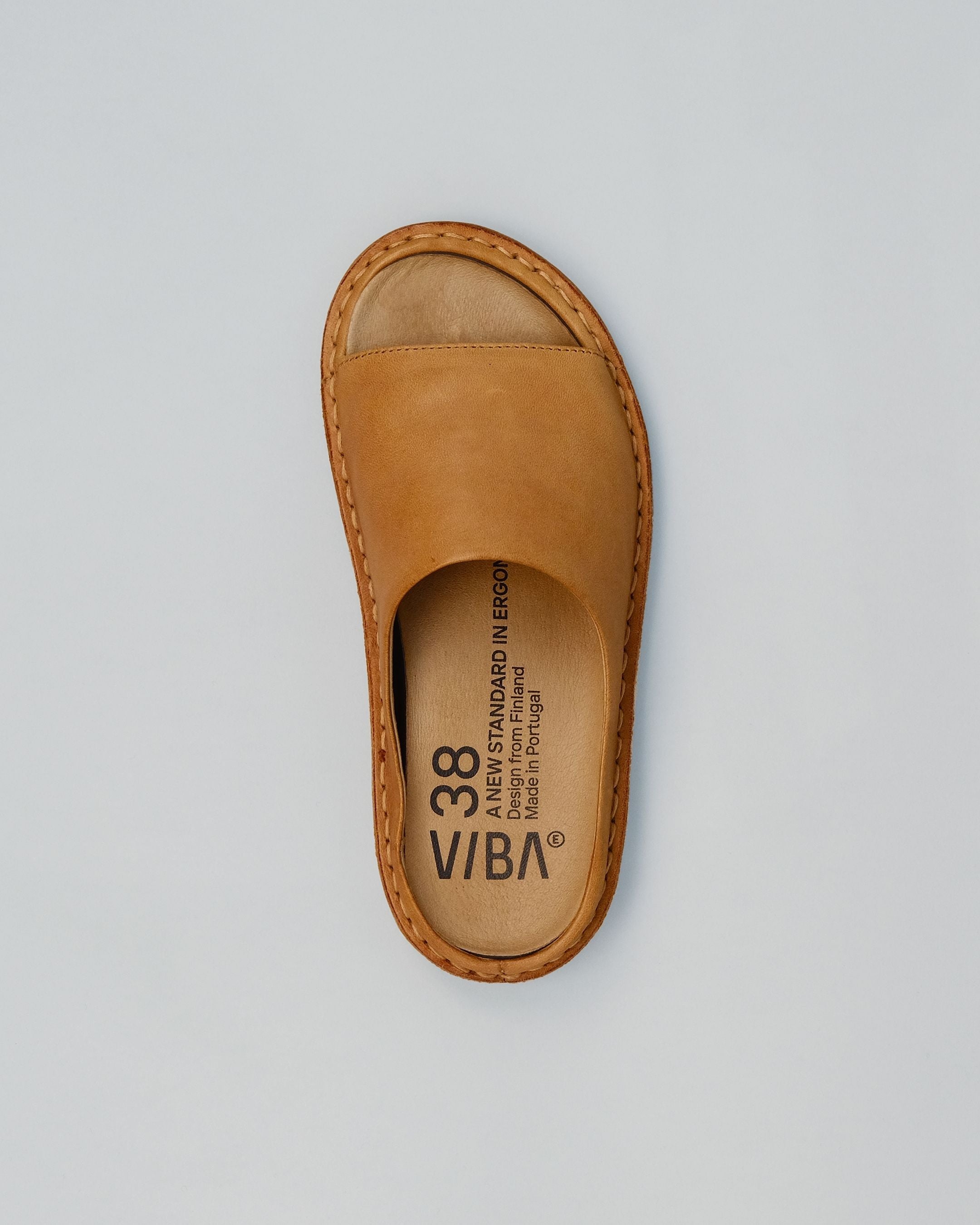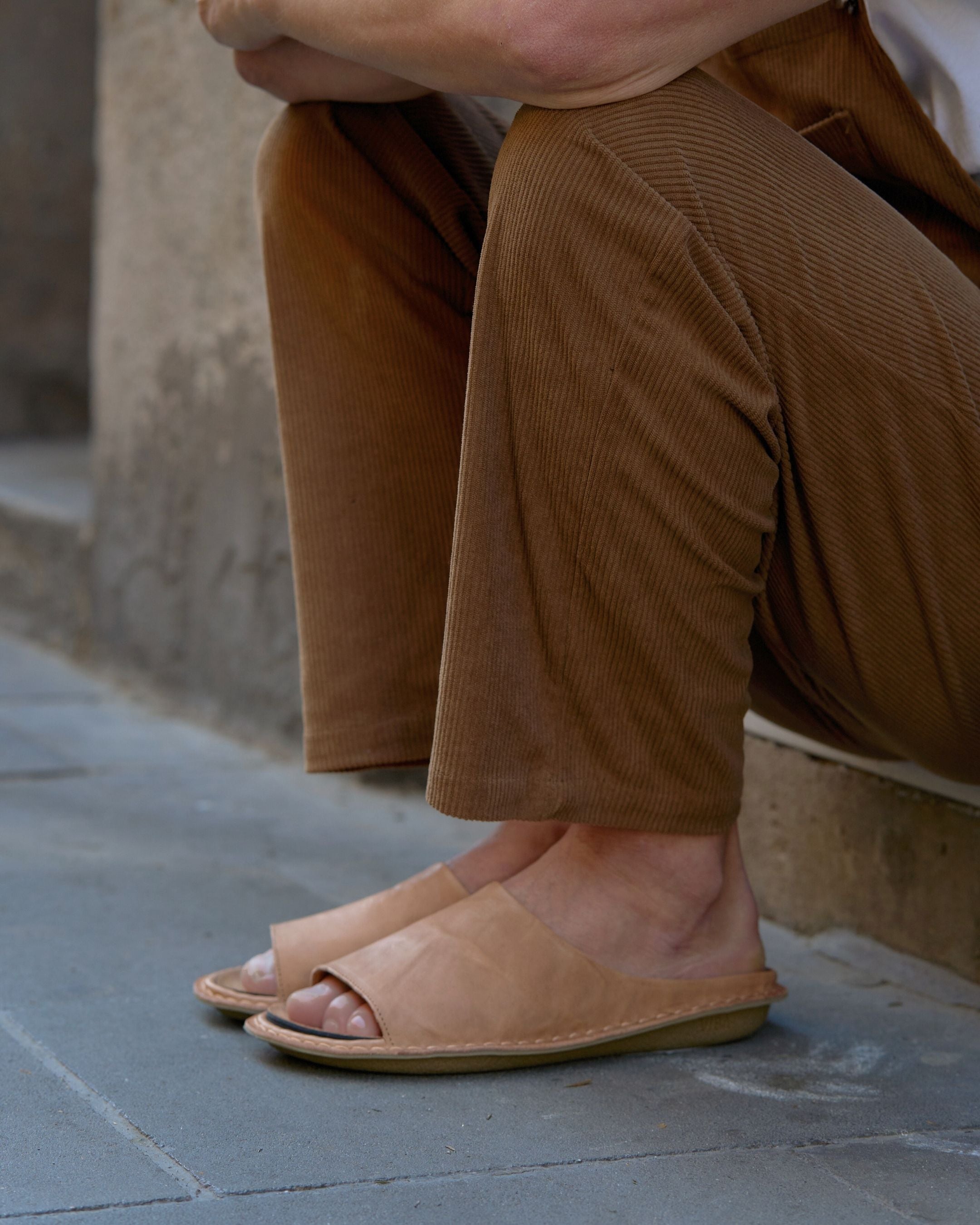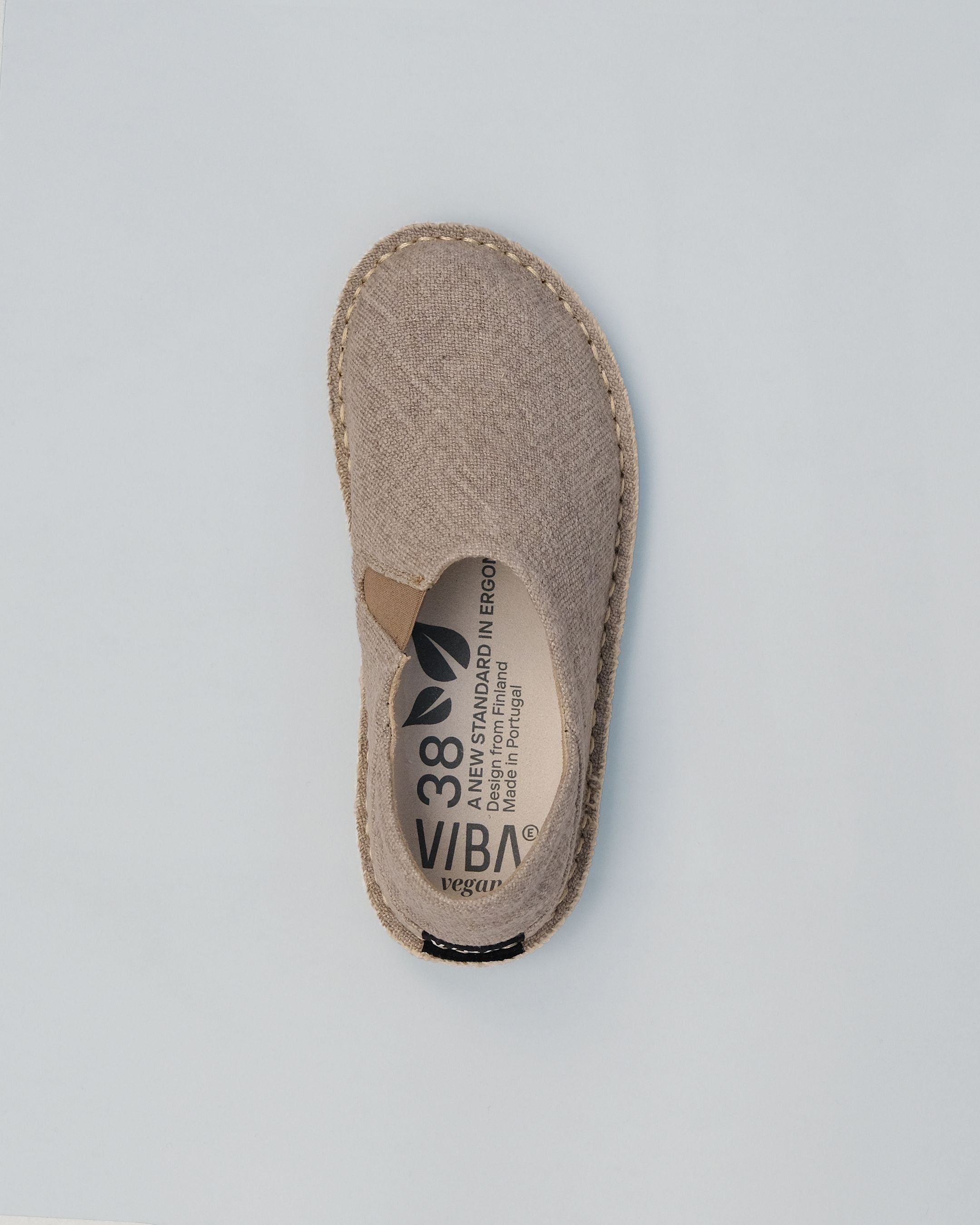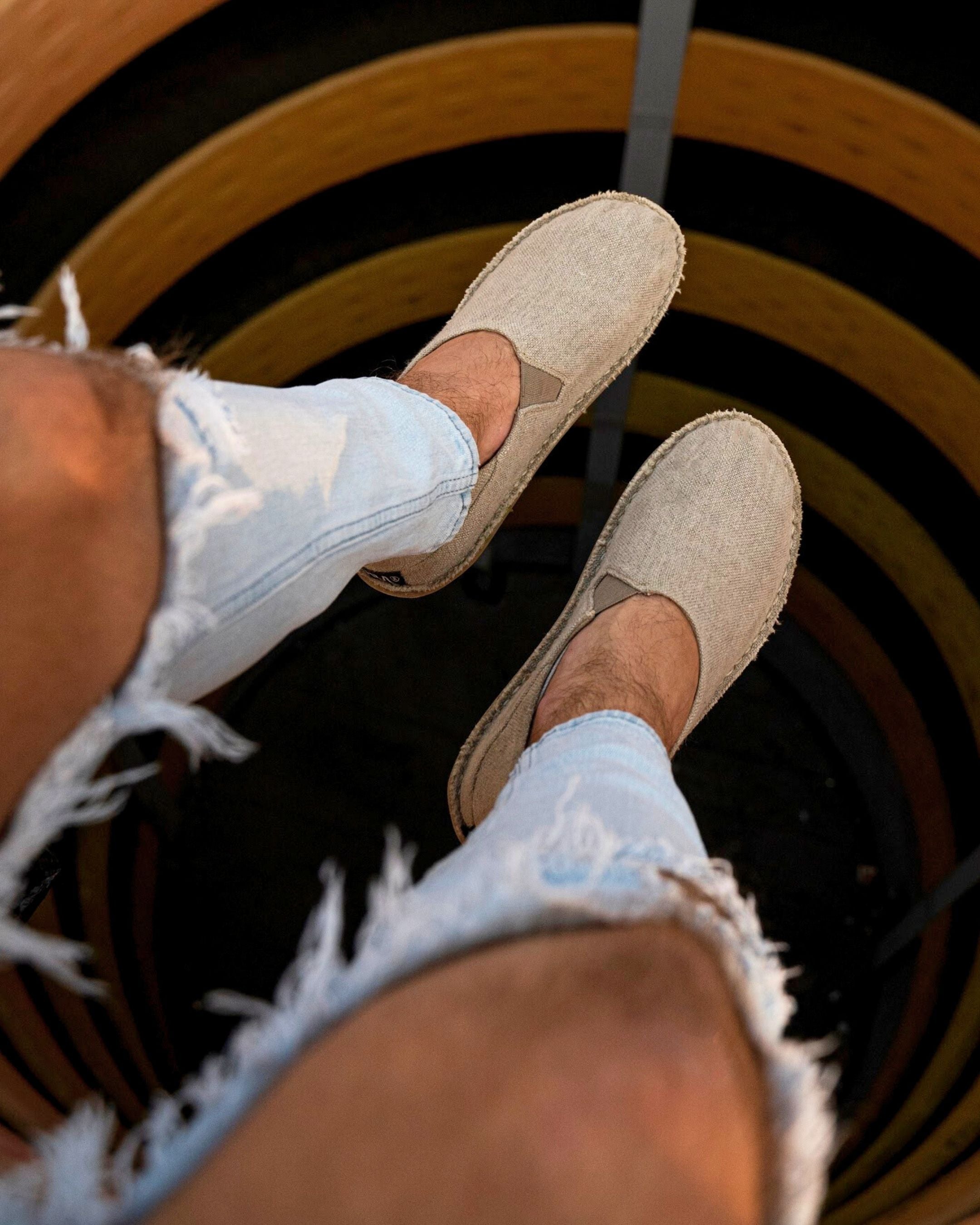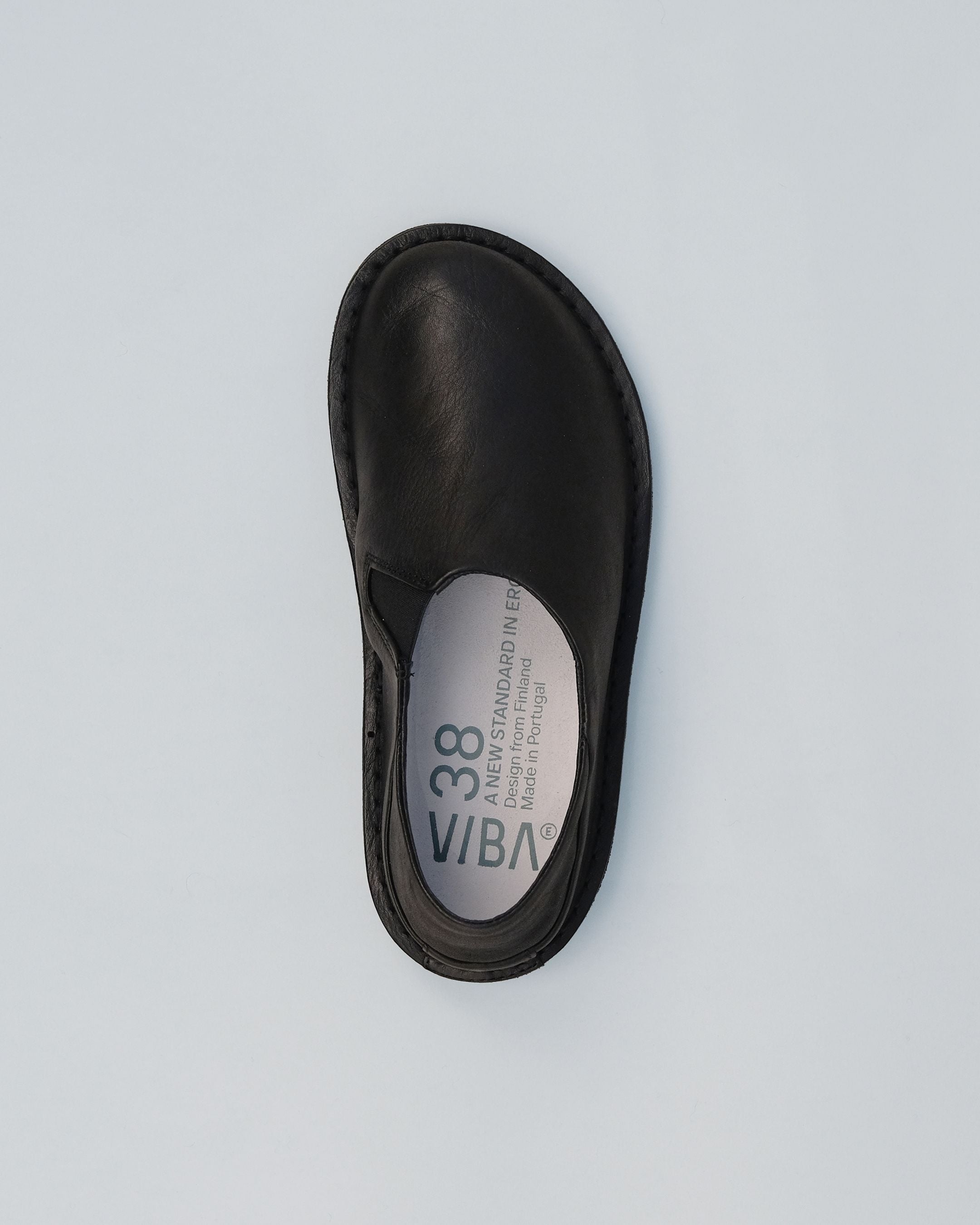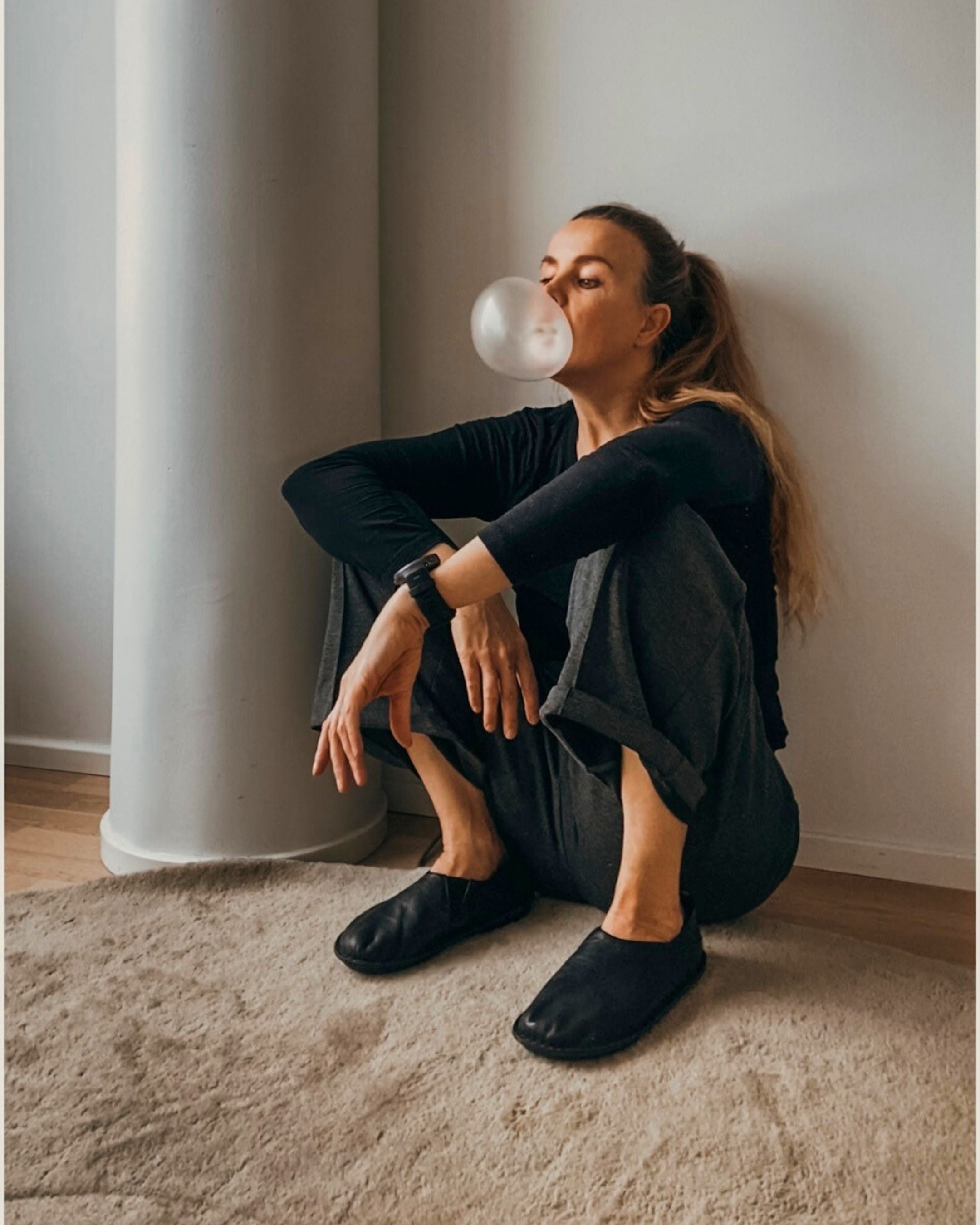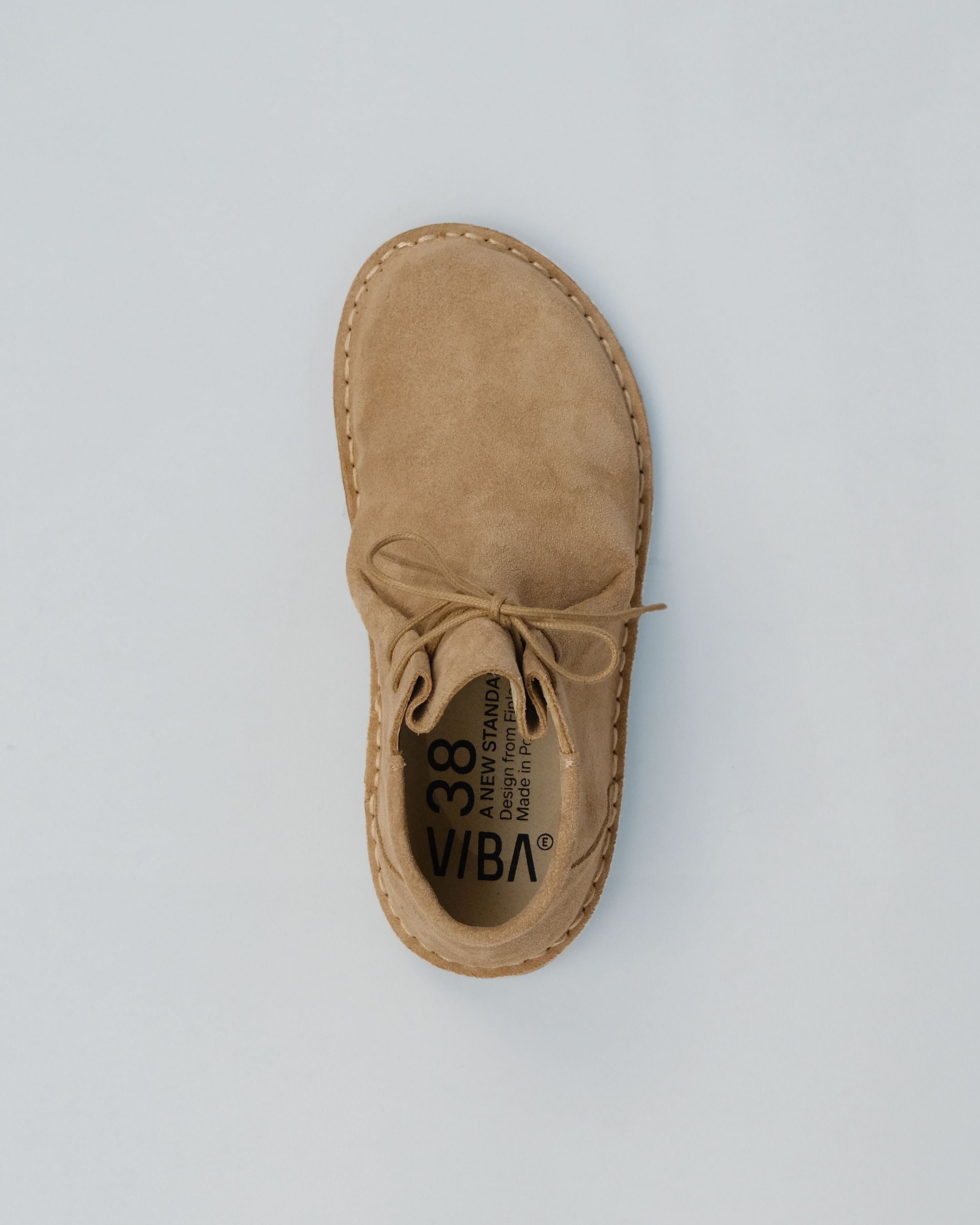Vegetable tanning is one of the oldest leather-making techniques known to humankind. It dates back to prehistoric times and is still going strong today, thanks to a combination of tradition and modern technology. Our tannery in Portugal follows this time-tested method, using knowledge passed down through generations.

No One Dies for This Leather
Let’s clear something up. The hides used for vegetable tanning are by-products of the meat industry. They come from animals already processed for food. If not turned into leather, these hides would become waste, and that waste would be a serious environmental issue. Instead, they’re transformed into something durable, useful and beautiful.
Trees, Tannins, and a Bit of Time
The process of vegetable tanning relies on tannins, which are naturally found in trees and plants. These tannins are what turn raw animal hides into leather. Different plants produce different tannins, which gives the leather its rich variety in tone and character. This isn’t a quick process. It takes time. But the result is a tough, high-quality material that’s full of life.

Your Leather Will Age Better Than You
No two hides are ever the same, and vegetable tanning doesn’t try to hide that. In fact, it celebrates it. The leather matures over time. It softens, darkens and develops a patina unique to how it’s used. What you get is a material that ages with you and becomes more beautiful the longer you wear it.
The Natural Way to Fight Funky Feet
Here’s a practical bonus. If you’re wearing vegetable tanned leather lining or insoles, the tannins inside the leather work for you. They naturally kill off the bacteria responsible for bad shoe odor, and help maintain a healthy balance of bacteria inside your shoes. No added chemicals needed.

When It’s Done, It Disappears
Vegetable tanned leather is completely biodegradable. That means when it’s finally at the end of its long life, it can return to the earth without leaving a trace. How do we know? It’s been tested. According to a certified internal test (based on the ISO 20200 standard), this leather broke down 100 percent after just 126 days. In everyday language: after about four months in compost-like conditions, it was completely gone.
But if it breaks down so easily, why tan the hides in the first place?
Here’s the difference:
Raw hides are discarded by-products of the food industry. If not reused, their disposal would have a notable environmental impact.
Vegetable tanning transforms those hides into a durable, long-lasting material through a process that respects nature. And when its life is over, it breaks down safely and cleanly, but on nature’s schedule, not right away.
So instead of throwing the hides away, vegetable tanning gives them a second life — one that’s useful, beautiful, and sustainable.

Why This Stuff Matters
Choosing vegetable tanned leather means choosing quality, sustainability and character. It respects the material, the planet and the person wearing it. It lasts, it evolves, and it tells a story. And that story keeps getting better every time you wear it.













